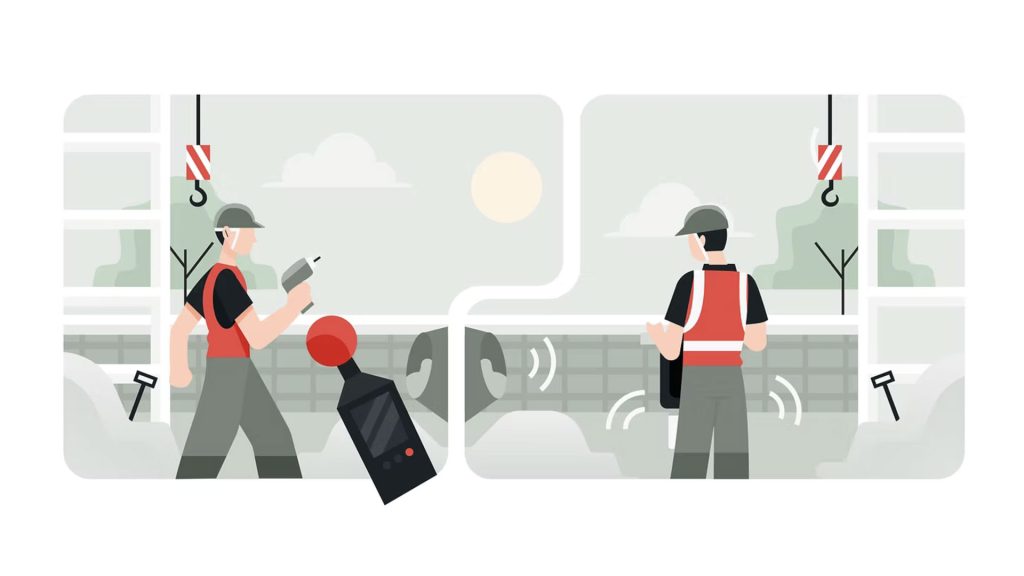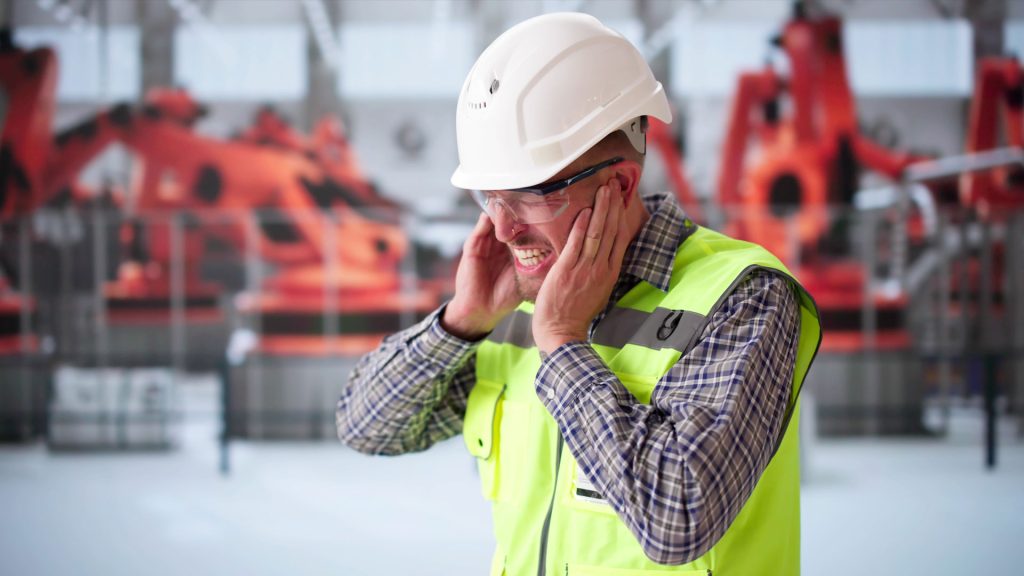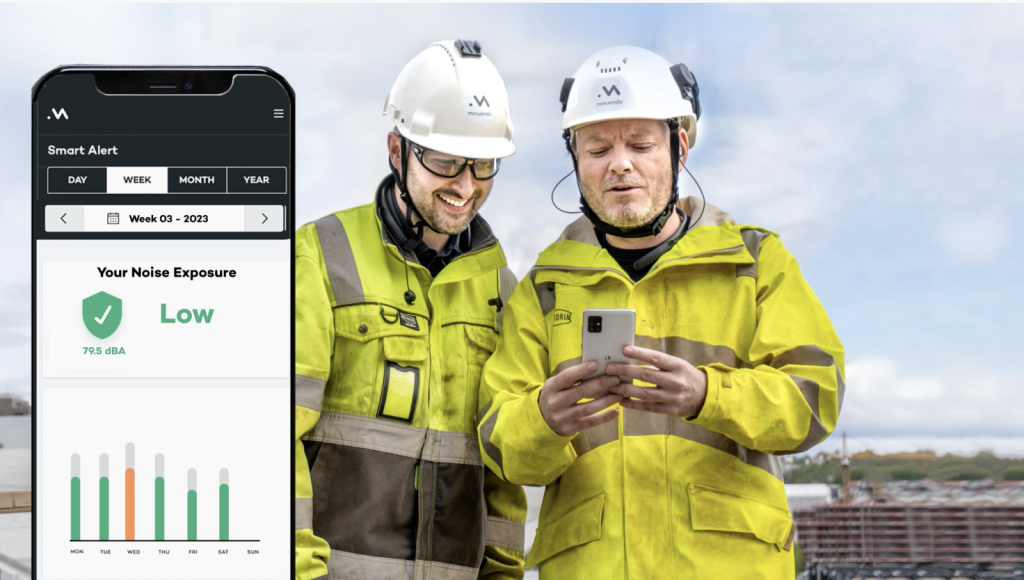Latest insights.

The Future of Noise Safety: From Compliance to Care
For a long time, noise safety has meant doing the basics—handing out PPE, completing risk assessments, and ticking off compliance forms. Job done, right?
Not anymore.

The Future of Noise Safety: From Compliance to Care
For a long time, noise safety has meant doing the basics—handing out PPE, completing risk assessments, and ticking off compliance forms. Job done, right?
Not anymore.
Further insights

Key considerations for improving your current approach to noise monitoring
When it comes to improving your approach to anything workplace-related, it’s best to start with a few simple questions: What are you already doing? What impact are your current processes or systems having, at present? What goals are you looking to achieve, moving forward?

Three key benefits of Noise Monitoring technology
Modern risk management solutions are rooted in the notion that ensuring worker health and safety should be a precise and data-driven exercise. Said otherwise: when it comes to preventing workers from being exposed to unsafe levels of risk in the workplace, nothing should be left to chance.

Redefining Noise Monitoring in the Workplace
Noise-Induced Hearing Loss (NIHL) is a permanent and disabling condition. In the UK alone, it affects two million workers. Globally, a staggering 1.1 billion people are estimated to have the condition, with 16% of disabling hearing loss worldwide being attributed to exposure to occupational noise.

From Minuendo to Noise Smart: A New Name, a Sharper Focus
Don’t worry, our technology hasn’t changed. The Smart Alert product you know, and trust, remains the same. What’s new is the name that represents it in the workplace safety world; one that better reflects our mission, our users, and the growing importance of real-time, personal hearing protection.

Achieving peace of mind in noisy environments
Digitalisation has changed the face of modern manufacturing and construction.
On the shopfloor, advances in robotics have resulted in more streamlined operations, while sensors and big data analytics are driving greater insight for predictive maintenance methodologies.

Why Forward-Thinking Teams are Choosing Smart Alert for Better Risk Management Regarding Noise
Noise monitoring in the workplace is essential. Regular exposure to occupational noise is proven to contribute to Noise-Induced Hearing Loss (NIHL), which is an irreversible and debilitating condition.

What is Noise-Induced Hearing Loss?
Noise-induced hearing Loss (NIHL) is hearing loss caused by exposure to a harmful level of noise.
Globally, a staggering 1.1 billion people are estimated to have the condition, with 16% of disabling hearing loss worldwide being attributed to exposure to occupational noise

The Philosophy Behind Smart Alert by Noise Smart
For decades, noise monitoring in the workplace has often been considered a tick-box exercise.
Many, if not most companies meet their regulatory requirements with regards to noise monitoring without additional consideration for whether their efforts actually protect workers from hearing loss or damage (and the reality is, they don’t.)

